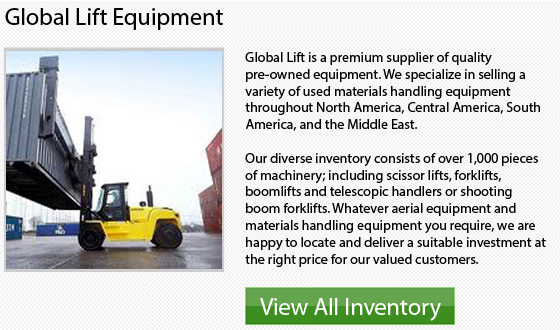
Counterbalance forklifts are essentially lift trucks which are engineered with counterweight at the back of the machine. The counterweight works to balance the weight which the blades are carrying at the front of the load. This particular design is engineered to stabilize traditional lift trucks. As far as electric counterbalance forklifts are concerned, the battery itself forms the counterweight.
Counterbalance lift trucks can usually be found in every manufacturer's product range. They are typically manufactured in a range of sizes and configurations, utilizing a variety of fuel sources. These lift trucks could be outfitted. They can operate in diverse applications. These lift trucks are equipped with a range of accessories. Common options and attachments consist of: side shifts, hydraulic clamps, fork shifts and slip sheet attachments just to mention some items.
The counterbalance lift truck has in fact revolutionized the whole business of material handling. These machines are important to the shipping and receiving centers around the globe because they are utilized for loading, stacking, unloading and horizontal transport functions. The average warehouse forklifts are normally utilized for lift heights less than 20 feet or 6 meters. There have been some units recently designed that could lift to heights 9.5 meters or 31 feet. The smaller 1-1.8 ton or 4000 lbs. forklifts are the main workhorses inside most warehouses. These are the most popular models which the majority of small businesses will own. The average warehouse counterbalance forklift is really a wide-aisle truck which needs roughly 3 meters or 11 feet to turn in.
Also, the counterbalanced lift truck is not necessarily confined to warehouse environments. They are often used for heavy use and carrying containers together with pretty much every application in between. Counterbalance forklifts are the most versatile and widely utilized of all materials handling machines.
Due to their versatility and durability, counterbalance lift trucks are commonplace in a large array of working environments, like retail, warehousing and production. Some of the industrial use consist of: timber, automotive, food and chemical industries.